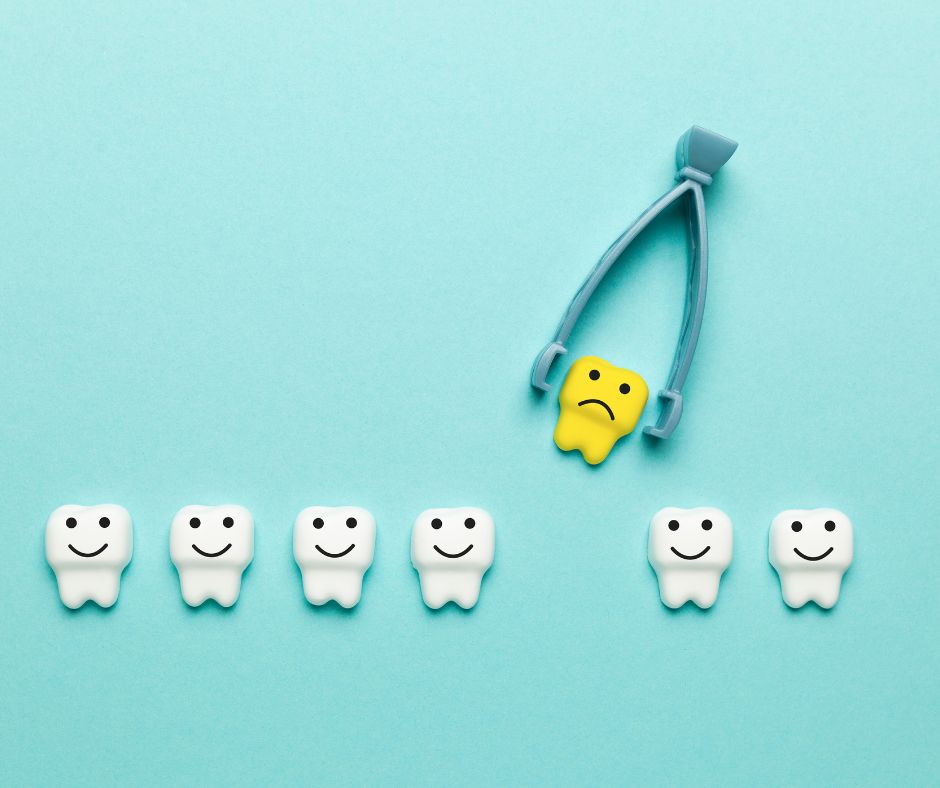Do Babies Get Tooth Decay?

Tooth decay (dental caries) is one of the most common chronic childhood diseases in the United States.
The good news is there are ways to prevent it. Even the tiniest teeth can decay. There are habits you can start now to keep your baby’s teeth healthy. And when that first tooth shows up, there are ways your pediatrician can keep it healthy, too. Here is what you need to know.
Everyone, even babies, can get tooth decay. Children living in poverty, in an ethnic or racial minority groups, or with special health care needs are at more risk for dental decay. Other reasons a child could be high risk include:
- The child’s mother or main caregiver had tooth decay in the past 12 months or does not have a regular source of dental care.
- White spots appear on the child’s teeth. These spots are a sign the tooth is losing calcium and minerals that keep it strong.
- Tan, brown or black spots appear or you see cavities (pits) on the teeth. This is a sign that the tooth is decaying.
Fluoride is a natural mineral that can slow down or stop cavities from forming. When you drink fluoridated water every day, the fluoride makes it hard for bacteria in your mouth to make acid. Fluoride also rebuilds tooth enamel (the outer layer of the tooth), and it even makes teeth stronger.
When babies first tooth erupts, it’s time to start using fluoride toothpaste. Here’s how to do it:
- Use a tiny smear—the size of a grain of rice—until age 3. Clean the teeth at least twice a day. It’s best to clean them right after breakfast and before bedtime.
- Use a pea-sized amount of fluoride toothpaste when your child is 3 years old. Teach your child to spit without rinsing.
- Assist or supervise kids during toothbrushing until they master the task, usually at around 10 years of age.